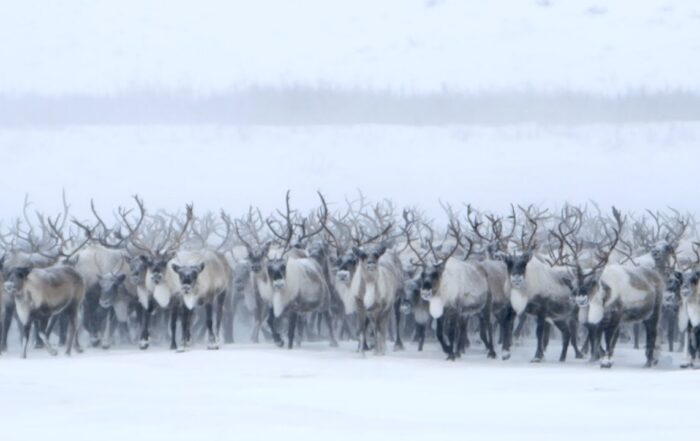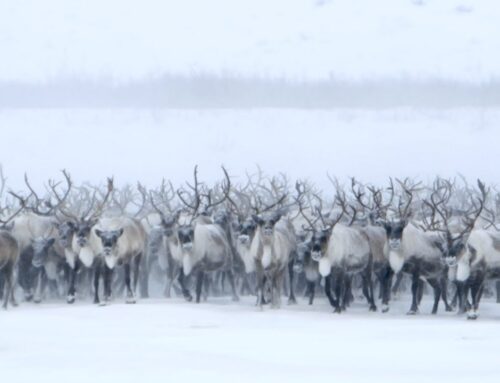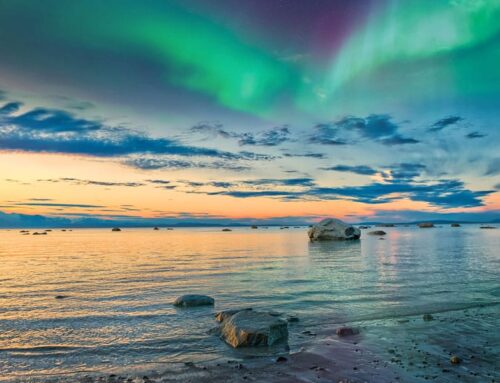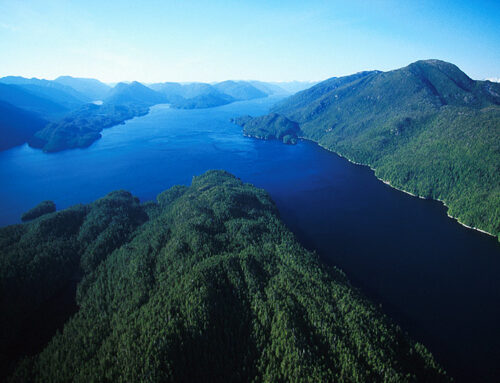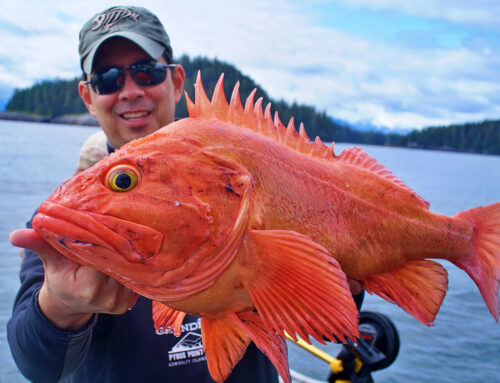Arctic Foxes: Masters of Adaptation in the Frozen Wilderness
The fully grown Arctic fox, a species of remarkable adaptability, boasts a weight ranging from 6 to 10 pounds. Measuring an average of 43 inches in length, including their tail spanning about 15 inches, these foxes possess a stocky appearance characterized by their short legs, compact body, and abbreviated ears. In comparison to their slightly larger relative, the Red fox, Arctic foxes exhibit distinctive traits.
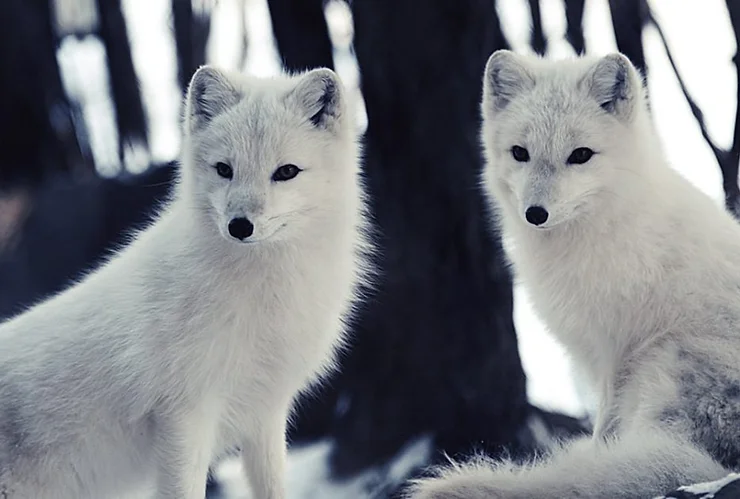
One intriguing aspect of Arctic foxes is their biannual molting. They showcase two distinct color phases: blue and white. Blue phase foxes are more prevalent on the Aleutian and Pribilof Islands, while the white-phase predominates in northern populations. Remarkably, both color phases can coexist within the same litter of young foxes. The transition from winter to summer fur in white foxes begins in early April, evolving into a short, brown summer coat by late June, with a yellowish-white hue on the lower sides and abdomen. The shift back to the luxurious white winter coat takes place in September and October, culminating in its full splendor by November. Blue phase foxes, on the other hand, maintain their dark or charcoal coloring year-round, albeit with some lightening during the winter months.
Newborn Arctic fox pups, regardless of their color phase, emerge covered in short, velvety dark brown fur. As they mature, their fur lengthens and lightens, particularly on the flanks, creating a growing contrast between their back and belly during their first three months of life. Blue-phase pups, specifically, acquire their characteristic dark coloration by the age of two months.
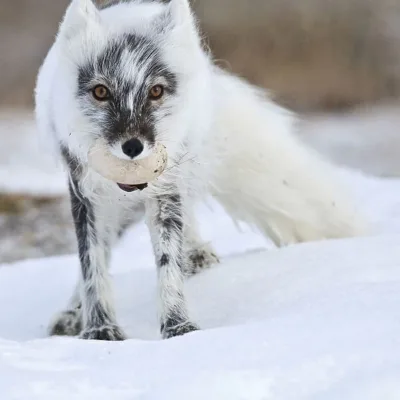 Arctic foxes are renowned nomads, traversing vast distances throughout their habitat, often in family groups. In Alaska, they embark on a seaward migration in the fall and early winter, reversing this movement in late winter and early spring. Research has even documented their impressive long-distance journeys, covering several hundred kilometers.
Arctic foxes are renowned nomads, traversing vast distances throughout their habitat, often in family groups. In Alaska, they embark on a seaward migration in the fall and early winter, reversing this movement in late winter and early spring. Research has even documented their impressive long-distance journeys, covering several hundred kilometers.
These resourceful creatures often seek shelter in dens, typically with a southerly exposure, extending underground for six to 12 feet. They frequently repurpose enlarged ground squirrel burrows, complete with multiple entrances, for their denning needs. Mating among Arctic foxes occurs during early March and April, with a gestation period lasting 52 days. On average, litters consist of seven pups, although some may contain as many as 15. Notably, Arctic foxes exhibit monogamous behavior in the wild, solidifying their status as fascinating and adaptable inhabitants of the Arctic regions.
Photos courtesy of Yukon Wildlife Preserve, Alaska Kids, Alaska Fish and Game.

